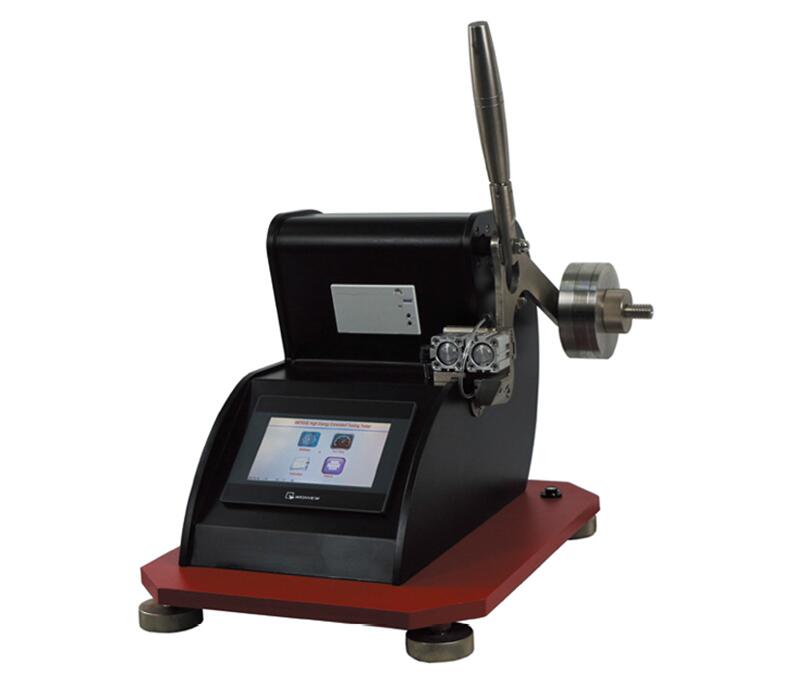Understanding the Basics of Tearing Test for Textiles

The textile tear test is an experimental method for evaluating the tear resistance of textiles. Tear resistance refers to the ability of textiles to resist damage when subjected to external forces. Understand the basics of textile tear testing, including test principles, common test methods, test equipment and precautions.

1. Test principle
The principle of the textile tear test is to make an incision on the textile or pre-set a damage point, and then apply an external force to make the textile continue to tear. Evaluate the tear resistance of textiles by measuring the required force and characteristics of the tearing process.
2. Commonly used test methods
Commonly used textile tear test methods are as follows:
- Single-Rip Method: Make an incision in the textile, then fix both sides on the testing apparatus and apply force to tear the textile along the incision. Measure the force required to tear along the incision.
- Double-Rip Method: Two parallel incisions are made in the textile and the part of the textile located between the incisions is fixed to the testing apparatus. Applying force causes the textile to tear along the cut. Measure the force required to tear along the incision.
- Trapezoidal Tear Method: A trapezoidal incision is made in the textile and the parts of the textile on both sides of the incision are fixed to the testing apparatus. Applying force causes the textile to tear along the cut. Measure the force required to tear along the incision.
3. Test equipment
Textile tear testing is usually performed using a tear strength testing machine. These devices can accurately measure the force applied to the textile and have the function of recording and analyzing the test data. The choice of test equipment should be made according to the required test method and type of textile.
4. Precautions
When conducting a textile tear test, the following points need to be noted:
- Sample preparation: Textiles should be flat, undamaged, and wrinkled to ensure the accuracy of test results.
- Sample size: According to different test methods, it is necessary to cut out the sample size that meets the standard requirements to ensure the comparability of test results.
- Environmental conditions: The test should be carried out under the specified temperature and humidity conditions to reduce the influence of environmental factors on the test results.
- Operating procedures: Testers should follow the corresponding national or industry standards for testing to ensure the accuracy and reliability of the testing process.
2023-06-09 10:24

